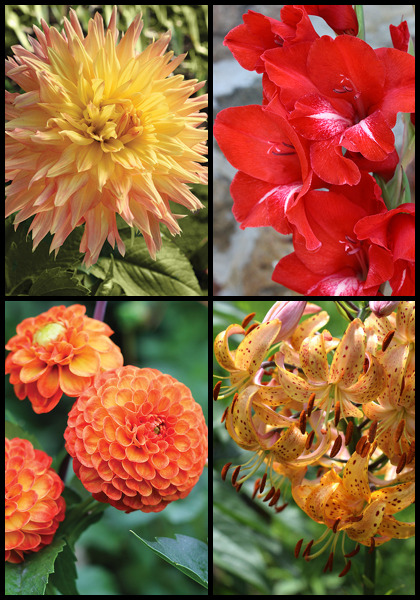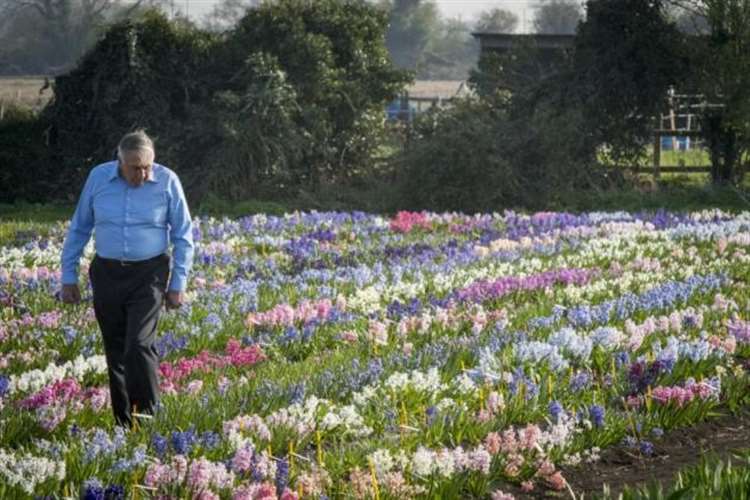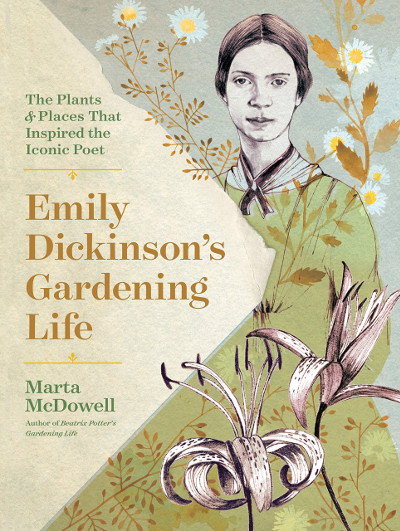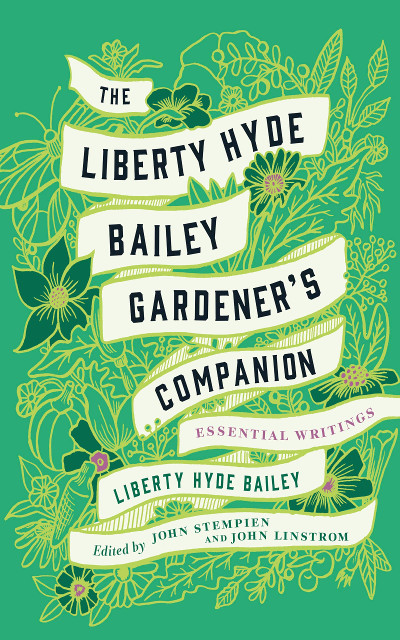To read more by topic or date, see our Newsletter Archives page.
“We must cultivate our garden.”
– Voltaire, 1694-1778, in Candide (These words of wisdom are spoken by the once-innocent Candide at the very end of the book, after his long journey through a world of terrible suffering.)
Although it’s been a challenging six weeks here at OHG, we know many of you have had it much, much harder – and our hearts go out to all of you!
UPS and the post office are swamped, so it’s taking them longer than usual to deliver our packages. A week of freezing temperatures here and too much rain at our daylily grower’s farm in Missouri also caused delays.
We’ve also been taking longer than usual to respond to your calls and emails. Sorry! Although we’re working six days a week, we have half the crew we usually do so it’s hard to keep up. We WILL get back to you, it just won’t be as quickly as we’d like.
Thank you for your patience, thank you for continuing to support us, and by all means stay safe!
Back to the top.

We hope to finish spring shipping by this coming Friday, so now is your last chance to stock up on our summer-blooming beauties.
Lucky for you we still have plenty of great bulbs left, and most of them are now on sale for 10%-25% off! Save on:
21 dahlias, including family heirloom ‘Wisconsin Red’, butterscotch ‘Golden Scepter’, and ineffable ‘Cafe au Lait’,
four glorious glads,
four dramatic true lilies,
two fragrant tuberoses
two graceful crocosmias,
one Stout-Medal-winning daylily,
and sweet little pink rain lily,
unique, spectacular ‘Ehemanii’ canna.
See them all at our Bulbs on Sale page. But don’t delay. Staying safe at home this summer will be so much easier surrounded by fabulous flowers!
Back to the top.

With his April open house cancelled due to Covid-19, our good friend Alan Shipp has posted a short video-tour of his hyacinth fields on YouTube.
Although the eight-and-a-half-minute clip is more of a home-movie than a polished production, it’s a treat to see Alan – who’s been called the Noah of hyacinths – walking through his endless rows of hyacinths and chatting about this variety and that almost as if they were his grandchildren.
You can walk with him here – and then if you’re feeling inspired, check out the 14 hyacinths we’re offering now for delivery this fall, and stay tuned for more to follow this summer from Noah himself.
Back to the top.

“Even before the coronavirus crisis sparked renewed interest in vegetable gardens,” writes our good friend Dean Fosdick in last week’s column for the Associated Press, there was “a movement toward more traditional gardening aesthetics,” including grandmother’s gardens and heirloom flowers.
“Grandmother’s gardens” were the informal, mixed flower gardens that arose in the late 1800s as a reaction against Victorian carpet bedding. Today, says Leonard Perry of the University of Vermont, most people are so busy they “strive for simpler gardens,” but as some gardeners “add more flowers for pollinators, or combine flowers with edible herbs and vegetables, they are beginning to recreate gardens” that hearken back to this old-fashioned garden style.
Old-fashioned plants were an essential part of grandmother’s gardens, too. As Dean quotes me saying, “Slowly but surely, gardeners turned away from the brightly colored exotic annuals of the Victorian era in favor of flowers that had a long history in gardens, especially perennials such as peonies and iris, self-sowing annuals such as larkspur and poppies, and bulbs that would return and multiply year after year such as daffodils and snowdrops.”
When Dean asked me to explain the appeal of these gardens and plants today, I told him that grandmother’s gardens “emphasized an appreciation for plants as plants, not just blobs of color,” and they offered “a connection with the real world, which I think is an important part of gardening for many of us today. Hardscaping and backyard kitchens do little to connect us with nature, but working with plants does – which is something I learned from my grandmother.”
Back to the top.
Small comforts are more important than ever these days – FaceTime with a loved one, an hour in the garden, scoring a few rolls of real toilet paper.
Books are high on my list of pandemic essentials, too, offering a welcome short-term escape into other worlds. Here are a two of recent gems you might enjoy.

|
Emily Dickinson’s Gardening Life – Despite living most of her life in self-imposed lockdown, Emily Dickinson still managed to create extraordinary poetry. In this revised, expanded, and much more richly illustrated version of her 2004 Emily Dickinson’s Gardens, our good friend Marta McDowell traces the poet’s life in tandem with a year in her garden, from the first signs of spring to the hyacinths she loved forcing into winter bloom.
As Anne Marie Van Nest wrote in a recent review in The American Gardener, “Each layer of Dickinson’s life is revealed with connections made to her beloved plants and gardens through her many poems which are reprinted throughout the book.” McDowell also includes “a visitor’s guide to Dickinson’s garden in Amherst as well as copious details about her favorite plants so that readers can recreate their own poet’s garden….
“Filled with a mixture of contemporary and historic photos depicting Dickinson’s garden and plants as well as family photos, the book also includes color botanical illustrations from three female New England artists whose lives overlapped with Emily Dickinson’s – a fitting addition.”
|

|
The Liberty Hyde Bailey Gardener’s Companion – Born on a small farm in Michigan, Liberty Hyde Bailey went on to become, as Nancy Rose writes in The American Gardener, a celebrated “botanist, professor, gardener, and one of the leading forces” in horticulture from the late 1800s well into the 20th century.
Bailey also “wrote voluminously” – including more than 70 books – and in this compendium “editors John A. Stempien and John Lindstrom have brought together some of Bailey’s most accessible and inspirational pieces to create an excellent introduction ... to his work.”
It’s “eminently readable, and the topics are timeless,” Rose says – and I definitely agree. Bailey “seems amazingly prescient,” for example, “in his thoughts on ‘modern’ subjects like the need for environmental conservation and acknowledging the mental health benefits of nature and gardening….
“This book will be relished by gardeners, both novice and experienced, who will smile and nod knowingly at Bailey’s descriptions of the smell of newly-turned soil, the miracle of watching a seed sprout, or the feeling of pure contentment” – and comfort – “that a garden can bring.”
|
Back to the top.
Our March newsletter (our last one, sent just before the pandemic changed everything) included:
do this now for better daffodils next year,
online cornucopia of antique iris catalogs,
newly added dahlias and one spectacular canna.
You can read all of our back-issues at oldhousegardens.com/NewsletterArchives – and most of them at our blog!
Back to the top.
Please help us “Save the Bulbs!” by forwarding our newsletter to a kindred spirit, garden, museum, or group.
Simply credit www.oldhousegardens.com.
















